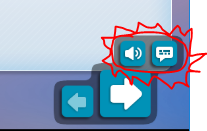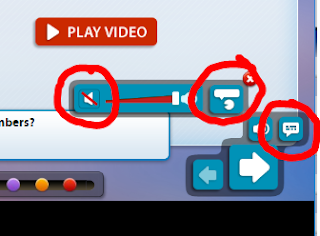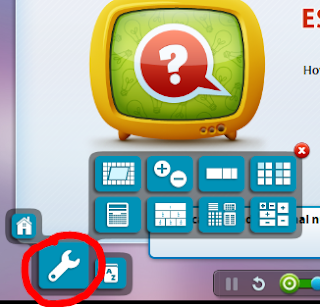Smaller type gives information for today's guest teacher. Presentations and larger type are intended for student viewing.
3rd period is my prep time; all other classes are Math 7.
Advisory:
Students should
read silently throughout Advisory today. Students who didn't bring reading material may read a copy of the public domain story,
The Magic Fishbone by Charles Dickens. Copies are on the front table. They can eat breakfast while they read, and they must be reading the whole time. Remind them to save their conversations for between classes or lunch time.
Check the "Daily Plans" binder for information on
Breakfast in the Classroom. You will need to go to the cafeteria to pick up the crate for breakfast. Set the crate outside the door when everyone has had a chance to take breakfast: someone will pick it up later.
There is a special garbage liner for breakfast in the classroom. The garbage can next to the door already has a liner in it;
breakfast should be cleaned up by 8 AM. You can send a student with the garbage bag to find a garbage can (there should be one in the south hallway). *Someone volunteered today and I told them OK, but I've forgotten who it was.
TAs:
TAs can participate in the lessons if they’d like, but since most of the work I have for them is online and they can’t use Chromebooks with a sub, I told them to bring something to work on quietly.
I didn’t include them on my seating charts: please
leave a note on the seating chart to let me know if they were here. I have one TA in each of my first 3 classes (1st, 2nd, and 4th); they sit in the older student desk in the back of the room. I have 2 TAs in 5th: one of them sits in the aforementioned older student desk, the other sits in the desk nearest to that. I also have 2 TAs in 7th period: they sit in the empty team in the back near the window.
All math classes:

Click on the full-screen icon as each class leaves so the incoming class can work on this between classes. The slides should automatically change every minute, and the presentation will restart after the last slide. The answers will begin showing on the third slide.
- We are just beginning to study ratios, rates, and proportions. Yesterday, we learned to calculate unit rates by filling in a table of values. The students came up with 5 steps for calculating unit rates.
- Ask students to compare their notes from yesterday with this list and make any changes they think are necessary. First and second periods will need time to copy.
Review: Steps for Calculating Unit Rates
- Understand the problem: identify the kinds of numbers needed to answer the question.
- Identify the units given in the problem.
- Identify the rate or rates given in the problem.
- Do the math: multiply or divide to calculate the unit rate.
- Contextualize: give the answer in the context of the problem.
- I didn't use slides during 1st and 2nd period yesterday, so the following will not be familiar to them. Please take some time to help them understand how the information is organized into the tables. 4th-7th saw all of this information in tables, but these slides are in a different format.
- None of the classes saw graphs: they are new today. Take a moment to explain how the columns in each table represent each coordinate on the graph.
- The most important thing I'd like students to get from this today is that the coordinates (1,y) show the unit rate on a graph.
Again, you'll probably want to use the full-screen mode to present.
For guided practice, I often call on students randomly and ask them to explain the next step in the sequence. Using the steps outlined above, 5 students would take turns explaining how to solve one problem. You can use my method, or you can have students work together in teams to solve the problems. Either way, have them write out their work on a piece of paper. Check to make sure they're actually writing, but tell them to keep their work in their binders: I will collect it when I return.
Open the link below and go to the fourth page to find the guided practice. If time allows, they can work in teams to complete the independent practice on the 5th and 6th pages.
Practice: Use the steps in your notes to solve problems involving unit rates.
Homework:
- What coordinate on a graph shows the unit rate?
- What ideas have you learned before that were helpful in solving some of today's problems?







